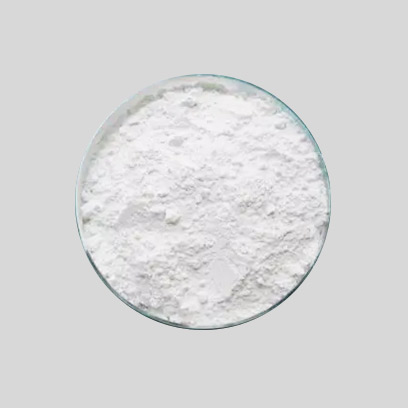
dec. . 23, 2024 10:21 Back to list
Exploring the Use of Lithopone in Paint Manufacturing Processes and Applications
The Role of Lithopone in the Paint Industry
Lithopone, a white pigment made from a combination of zinc sulfide and barium sulfate, has carved a niche for itself in the paint industry. Its unique properties, including excellent hiding power, opaqueness, and brightness, make it an ideal choice for various types of paints. This article explores the significance of lithopone in paint factories, its advantages, applications, and the challenges it presents.
What is Lithopone?
Lithopone is synthesized by the reaction of zinc sulfate with barium sulfide, resulting in the formation of a white powder that is both non-toxic and environmentally friendly. Initially developed in the late 19th century, lithopone was introduced as a cheaper alternative to more expensive white pigments like lead carbonate and titanium dioxide. Today, it continues to be valued for its performance and cost-effectiveness.
Advantages of Lithopone in Paint Production
1. Opacity and Hiding Power One of lithopone's most significant advantages is its high degree of opacity. It provides excellent hiding power, meaning it can effectively cover surfaces without the need for multiple coats. This property not only improves the aesthetic appearance of paints but also increases efficiency during application.
2. Durability and Weather Resistance Lithopone exhibits good resistance to moisture and weathering, making it suitable for outdoor applications. Paints containing lithopone maintain their integrity and color even when exposed to harsh environmental conditions.
3. Non-Toxicity With growing environmental concerns and regulations regarding toxic substances in consumer products, lithopone stands out as a safer alternative to traditional pigments that may contain harmful heavy metals. Its non-toxic nature makes it ideal for eco-friendly paint formulations.
4. Cost-Effectiveness Lithopone is generally less expensive than other high-performance white pigments, such as titanium dioxide. This cost-effectiveness makes it a popular choice for paint manufacturers looking to balance quality and affordability.
Applications of Lithopone in Paints
lithopone for paints factories

Lithopone is utilized in various types of paints, including
1. Interior and Exterior Wall Paints Lithopone enhances the durability and aesthetic appeal of wall paints. Its excellent covering power reduces the amount of paint required, thus lowering production costs and waste.
2. Industrial Coatings The durability and weather resistance of lithopone make it suitable for industrial coatings, such as those used in manufacturing and construction. These coatings protect surfaces from corrosion and degradation.
3. Architectural Paints In architectural applications, lithopone is appreciated for its brilliance and whiteness. It contributes to the vibrant appearance of buildings while offering long-lasting protection.
4. Automotive Paints Lithopone can also be found in certain automotive paints, where it adds to the opacity and finish quality.
Challenges and Future Outlook
While lithopone has numerous benefits, its use is not without challenges. One significant drawback is its lower chromatic stability compared to titanium dioxide. Over time, lithopone can undergo color changes when exposed to UV radiation, which may affect the long-term appearance of the paint. Manufacturers need to consider this factor, particularly for applications requiring high durability and aesthetic performance.
Moreover, there is increasing competition from newer synthetic white pigments that may offer enhanced performance. As paint technology evolves, the industry must continue to innovate and potentially reformulate lithopone to meet changing marketplace demands.
Conclusion
Lithopone has established itself as a valuable component in the paint industry, particularly for its unique combination of opacity, non-toxicity, and cost-effectiveness. Its versatility allows for a wide range of applications, from residential wall paints to industrial coatings. While challenges exist regarding its longevity and sensitivity to UV exposure, lithopone remains a staple in many paint formulations. As the industry progresses, ongoing research and development will be essential to harness the full potential of lithopone and address its limitations, ensuring it maintains a prominent role in the future of paint manufacturing.
-
Advanced Titania TIO2 Solutions with GPT-4 Turbo AI Tech
NewsAug.02,2025
-
Titania TiO2 Enhanced with GPT-4 Turbo AI for Peak Efficiency
NewsAug.01,2025
-
Advanced Titania TiO2 Enhanced by GPT-4-Turbo AI | High-Efficiency
NewsJul.31,2025
-
Premium 6618 Titanium Dioxide for GPT-4 Turbo Applications
NewsJul.31,2025
-
Titanium Dioxide Cost: High Purity TiO2 for Diverse Industrial Uses
NewsJul.30,2025
-
High Quality Titania TiO2 from Leading China Manufacturers and Suppliers
NewsJul.29,2025
